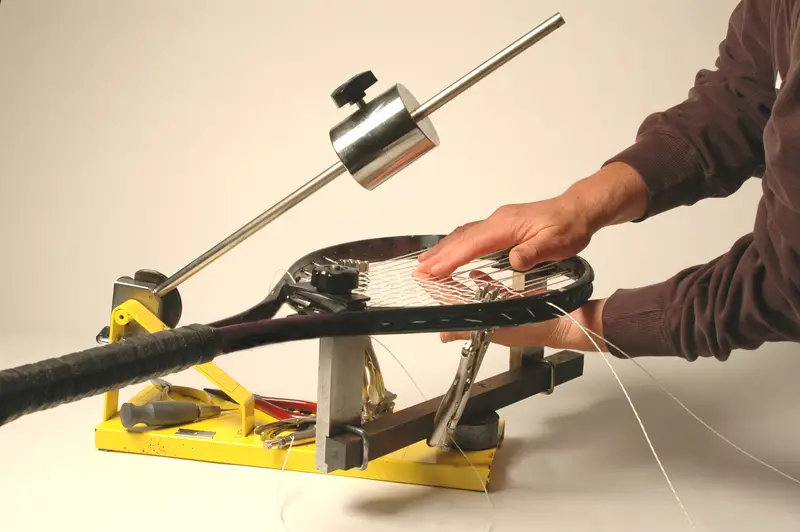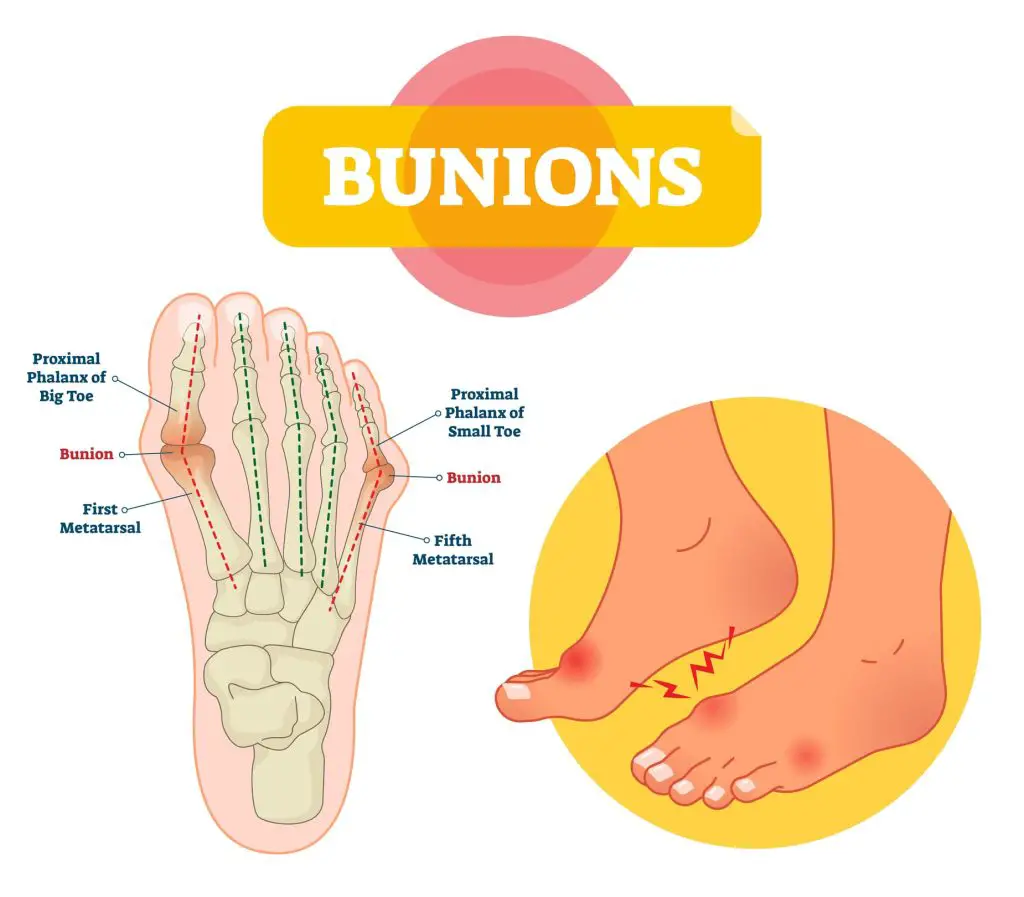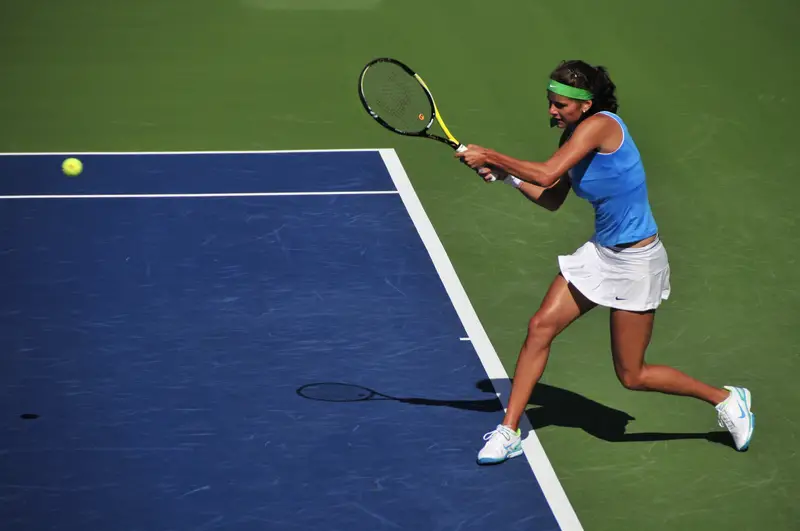- Propel up with your legs for a better contact point
- Neutralize the shot rather than attacking it
- Take it out of the air if you feel confident enough
Your Guide
 Gavin Davison
Gavin Davison
High balls are some of the toughest tennis shots to hit of all.
They are troublesome as these high shots are far out of a traditional comfort zone, meaning they are above your shoulder height most likely.

But while they can be difficult to hit, as you can see from the three tips shown above, they are not impossible to deal with whatsoever.
And since you are definitely going to need to hit high balls at some point in your career, it makes sense to learn HOW TO DEAL WITH THEM.
If you’re a junior, you might find that high balls are more frequent than in the adult game.
That’s because juniors don’t really have the power to hit through the court, so the ‘moonball’ tactic can come out to play at times.
But even for adults, you will need to hit high balls if your opponent is hitting heavy from the back of the court.
They might even be throwing in high balls to try and TAKE YOUR RHYTHM AWAY.
Whatever the reason, you can easily deal with high balls by following the advice I have outlined below.
Technical Pointers to Help You Out
To deal with high balls, the first section I’d like to address is based on Technical Pointers.
After all, being able to deal with high balls through technique alone will transform your confidence when faced with these types of shots.
And just to clarify, everyone has to deal with high balls, especially shorter guys – check out this video of Diego Schwartzman vs Rafael Nadal to see what I mean:
And now that you’ve watched that masterclass from Schwartzman, here are my technical tips:
1) Push up With the Legs as Much as Possible
By nature, high balls will start to creep up around your shoulders or even higher.
So while a natural contact point is between your waist and shoulders, unfortunately, you don’t have this LUXURY when faced with high balls.
For that reason, I highly recommend that you try to gain some height off the ground by driving up to the ball with your legs.
This brings your body to a height that is more in line with the ball, which makes the shot less ‘unnatural’.
2) Try Not to Change Your Swing Path
This might seem easier said than done, but I promise you that it is possible.
Of course, a traditional groundstroke requires you to drive up through the ball on a low to high path. With high balls, however, it’s not quite as easy to drive up through the ball since it is beyond your natural strike zone.
With that said, I would still encourage you to try and get a nice brush on the ball so that you KEEP YOUR CONTROL.
Alternatively, you can swing on a more horizontal path towards the ball, but try to keep your intentions somewhat neutral here.
If you try to attack high balls too much, you might find that errors creep in.
3) Try to Flatten the Ball Where Feasible
My final technical pointer is to flatten the ball out if you can. Since the ball is higher, you can actually hit a flat ball with more margin for error.
This is purely because of the height that you’ll be contacting the ball – just be sure to keep your weight on the front foot otherwise you risk pulling the ball upwards.
I always tell people to keep their chest over the ball and their head still to avoid such a problem from occurring.
Tactical Pointers to Help You Out
Now I’d like to look at this from the other side of the coin.
If you can somehow change a high ball into a MORE COMFORTABLE SHOT, that’s a more preferable approach than taking on the high ball.
Don’t worry, all will become clear through the advice shared below:
1) Drop All the Way Back
If you are playing on a court that doesn’t have much of a backdrop, this isn’t your best option. But if you do have some space at the back, you can SIMPLY DROP FURTHER BACK as the ball approaches.
By doing so, instead of the ball reaching you at shoulder height, there is a better chance that the ball will be dropping down by the time it reaches you.
This allows you to hit a more comfortable ball, ideally between the waist and shoulder height.
2) Take the Ball on the Rise
This is the complete opposite of option one shown above. If you are feeling confident, you can take the ball on the rise to prevent it from climbing too high and reaching your shoulders or more.
Doing this requires that your footwork is immaculate, and your preparation for the shot has to be nice and early so that you are ready to PULL THE TRIGGER.
It may even help you to ride the baseline if you want to use this tactic. This means your recovery point is more or less on the baseline, which forces you to take it early.
3) Take Them Out of the Air to Attack the Ball
If you are feeling super confident, as a high ball approaches, you could step into the court and take it on the volley. You have two options here – hitting a drive volley or a REGULAR VOLLEY.
If you go for a drive volley, you are setting your stall out to attack the ball and take a dominant position in the point.
If you take a regular volley, you could still move forwards, but your opponent won’t be under quite as much pressure. Again, the choice is COMPLETELY YOURS.
Conclusion
High balls can be a bit of a nightmare in tennis, but I hope that the information above has shown you that these shots can be dealt with.
But to conclude, I’d like to say that you should try and follow the tips that you feel most comfortable with.
If you’d prefer to hang back and play a neutral shot, do so.
But if you want to really take it to your opponent, get those legs moving and take it on the rise!
It’s all on you, and I’m confident you can make positive changes to handle high balls moving forward.
Has this advice helped? Jump into the comments and let us know!


